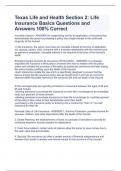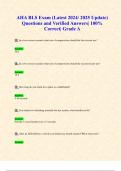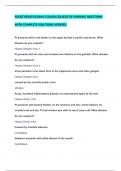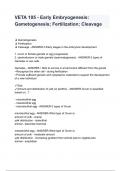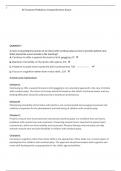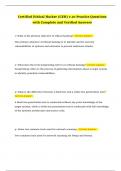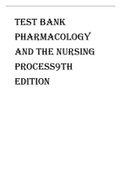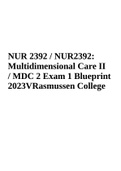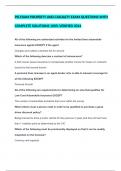Tentamen (uitwerkingen)
Texas Life and Health Section 2: Life Insurance Basics Questions and Answers 100% Correct
- Vak
- Instelling
-In life insurance, the owner must have an insurable interest at the time of application (ex. spouse, parent, child, someone with a business relationship with the insured such as partner or employer), insurable interest is not required at the time of the insured's death Stranger/Investor-Owned L...
[Meer zien]
